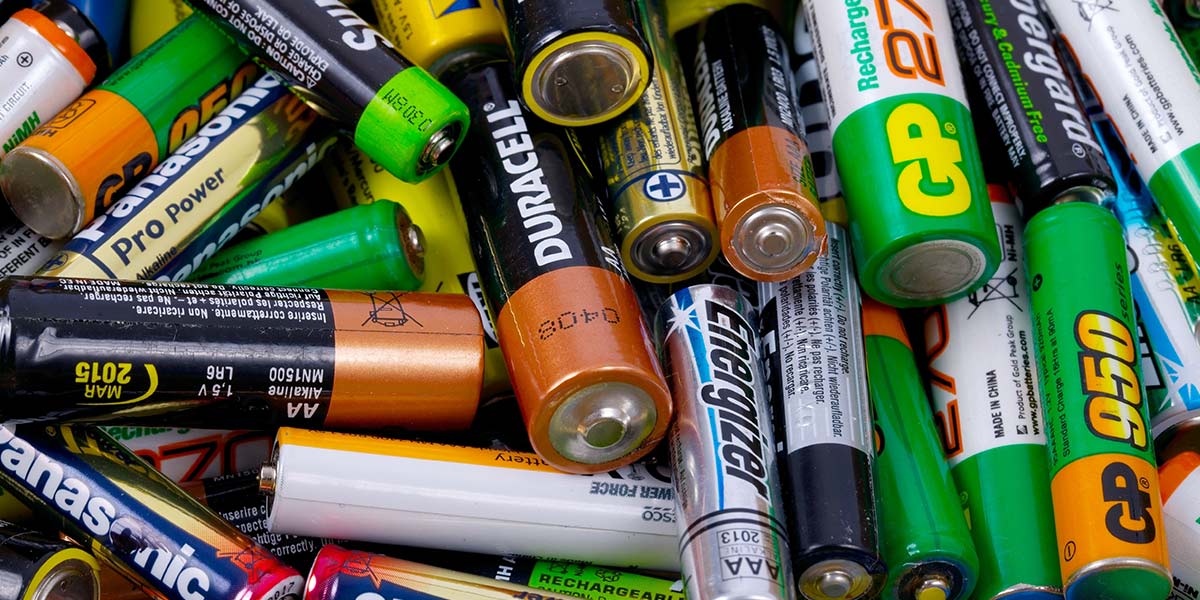If you’re paying more than double the going rate for branded batteries, what else are you overpaying for? Head of multi-asset investments David Coombs asks: how long will those brands last before people realise and ditch them in droves?

The end of the brand?
I was in the middle of brushing my teeth the other night when the battery petered out.
Now I hate buying batteries. They’re expensive and I can’t help feeling they should last longer in this day and age. Needless to say, after some grumpy minutes of searching it became apparent that I’d put off buying some spares.
So I ended up using my trusty fixed bristle back-up, and planning when I could pick up more Duracells (I’m a product of the pink bunny generation). It would have to be after work – my train is always terrible so it would be too much of a risk to delay boarding.
But when I (eventually) made it to work, I thought it may be easier just to buy online. Browsing Amazon, I found you could buy Amazon’s ‘Basics’ store brand batteries at a significant discount to Duracell. It was £6.83 for 12 Duracell AAAs and £8.13 for 36 Amazon Basics AAAs. On the same page. Customer reviews suggested the Amazon batteries were at least as good as Duracell. Not surprisingly, online sales of Duracell batteries have fallen drastically lately. This hasn’t been reflected in shop sales…yet.
This got me thinking: will social media and independent customer reviews destroy brands much quicker than in the past? Schweppes tonic water anyone?
Twenty years ago you wouldn’t buy Tesco cornflakes even if they were 25% cheaper than Kellogg’s. A bit embarrassing having store brand flakes in your basket and you always suspected they were a bit rubbish. You wouldn’t believe Tesco’s claims of equal quality. But that was before independent customer reviews could give reassurance. And now no one but IT staff and hackers can see your virtual basket.
I suspect luxury brands won’t be as affected by this: people will always aspire to buy those kinds of products and services. Just being able to buy them is part of the allure, it doesn’t really matter if you can get the same quality from a spartan manufacturer elsewhere.
But commoditised brands? Think Andrex, Kellogg’s, Colgate, Flash, Fairy Liquid, Duracell, etc. We don’t get excited by these brands; we don’t show them off to our friends and neighbours. We bought them in the past because we believed and trusted the brands to be of superior quality. We trusted that they were worth more. But what if Coombs’ Own Brand in each of these sectors is at least as good as them and half the price? Or – possibly more realistically – Amazon or Google’s brands? What if that trust has been abused?
We have already seen this with painkillers in this country. I buy supermarket own brand paracetamol at a fraction of the price. Clearly many others do too.
Many of the brands I have mentioned have been around for many years. Will Generation Z (who I have blogged about before) be loyal to these if their peers are positively reviewing much cheaper alternatives? We know their spending patterns are very different to middle-aged people, such as yours truly.
New brands are popping up very quickly backed by big marketing budgets, e.g. web-based property brokerage Purple Bricks. These start-ups bargain on developing their image in the public consciousness as quickly as possible to gain that trust that is the lifeblood of brands. Often, these branded goods or services have low barriers to entry other than their marketing spending power. We need to be sure the substance and sustainability of the company matches the initial spending power.
We are stress testing all the companies in our portfolios for customer review and social media risk at the moment. No need to panic, but we cannot afford to be complacent in this fast-changing world.
As for my battery drama, I am now buying Amazon batteries. I could purchase on line and they were home before I was.

